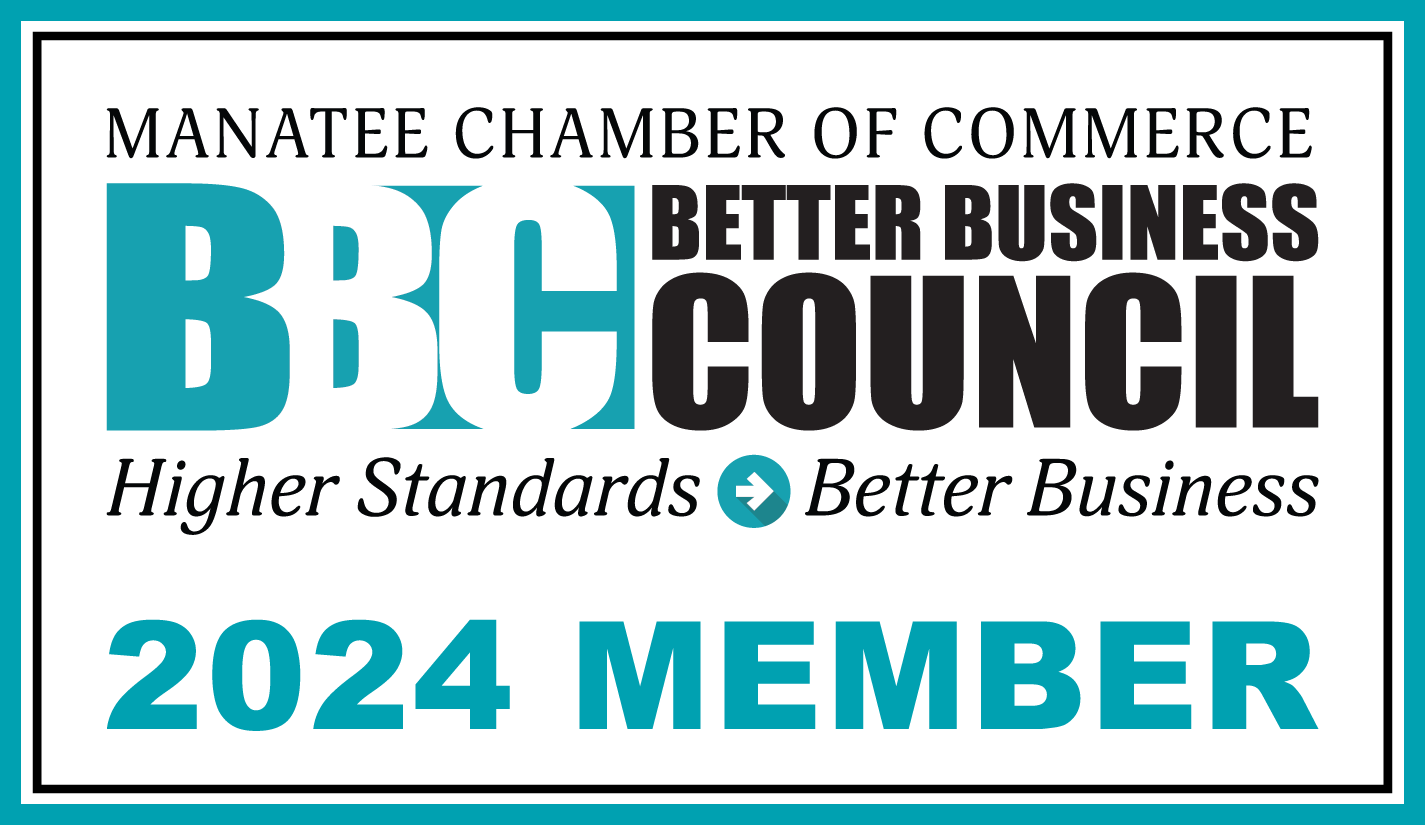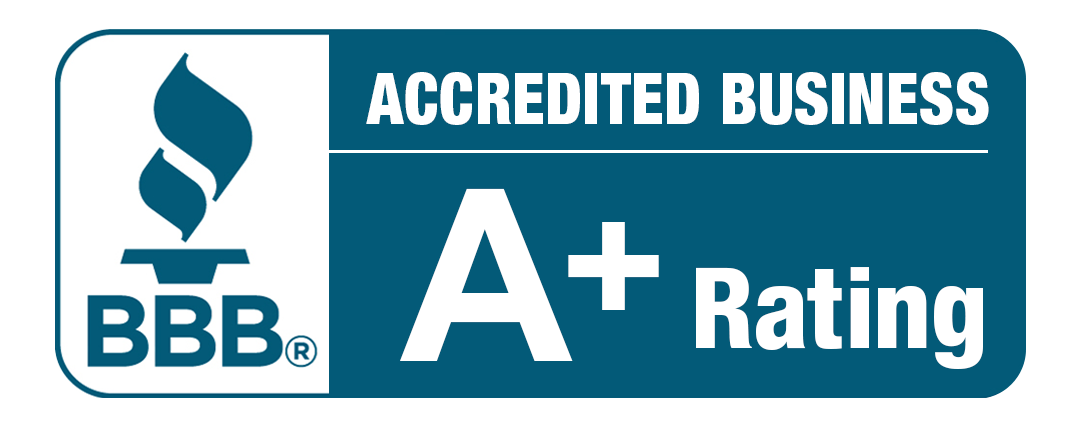Designing Florida Gulf Coast homes for durability presents unique challenges due to its climate, which is characterized by high humidity, intense sunlight and UV rays, and seasonal storms and hurricanes. Ensuring structures can withstand these conditions requires careful consideration of materials, construction techniques, and maintenance practices.
Did You Know? Hurricane season runs from June 1 through the end of November. However, Florida homeowners must be aware of the damage and deterioration that result from daily exposure to the local climate – even if a hurricane never affects them directly.
When designing a Manatee County home, new home builders must adhere to strict building codes that cover windows and doors, roofing systems, and elevation requirements. The home buyer need not worry about the codes, as the builder will ensure they are met. However, home buyers should feel free to inquire about these codes and how they will affect their options and budget.
Materials Selection: Choosing the right materials is crucial for weather-resistant home design in Florida. Materials must be able to withstand prolonged exposure to high humidity, UV radiation, and frequent storms that bring torrential rains.
- Exterior Finishes: Durability can be enhanced by using materials such as fiber cement siding, which is resistant to moisture and doesn’t warp or crack under sunlight. High-quality paints and coatings that resist fading and cracking are also essential.
- Roofing: Metal roofing is a popular choice due to its durability against high winds and resistance to corrosion. Impact-resistant shingles and roofing membranes are also effective in protecting against storm damage.
- Windows and Doors: Impact-resistant windows and doors are critical for protecting against hurricanes and high winds. These are typically made from laminated glass or impact-resistant acrylic glazing.
Construction Techniques: Incorporating resilient construction techniques ensures that buildings can withstand Florida’s challenging climate conditions.
- Proper Sealing and Waterproofing: Effective sealing and waterproofing techniques ensure a tight building envelope, which prevents water intrusion, which can lead to mold, rot, and structural damage.
- Elevated Foundations: Elevating buildings or using flood-resistant foundation systems helps mitigate flood risks, which are common during hurricanes and heavy rains.
- Reinforced Structures: Designing buildings with reinforced concrete or steel structures enhances their ability to withstand high winds and storm impacts.
Building Orientation and Design: The orientation and overall design of a house play a significant role in its durability against the daily challenges of Florida’s climate.
- Natural Ventilation: Maximizing natural ventilation reduces the reliance on mechanical cooling systems and helps manage humidity levels inside the building.
- Shading Strategies: Incorporating overhangs, awnings, and shading devices can protect exterior finishes and windows from direct sunlight, reducing heat gain and extending the life of building materials.
- Storm-Resistant Design: Implementing wind-resistant design principles, such as aerodynamic shapes and reinforced openings, minimizes damage during hurricanes and severe storms.
Maintenance and Longevity: Regular maintenance is essential to ensure the long-term durability of homes in Florida.
- Inspections: Conducting regular inspections for signs of water damage, corrosion, or wear helps identify issues early and prevent extensive damage.
- Cleaning and Coating: Periodically cleaning exterior surfaces and applying protective coatings helps maintain their integrity and resilience against Florida’s harsh elements.
- Upgrades and Retrofitting: Updating buildings with newer, more resilient materials and technologies as they become available can enhance their durability and energy efficiency over time.
Established New Home Builders Understand the Challenges
Designing for durability in Florida requires a holistic approach that considers materials, construction techniques, design principles, and ongoing maintenance practices.
When working with an established local home builder, you can be assured that by selecting weather-resistant materials, employing resilient construction methods, optimizing building design, and implementing proactive maintenance strategies, you will build a home to withstand the challenges of Florida’s climate. Investing in durability not only enhances the longevity of buildings but also improves their resilience to natural disasters and reduces long-term maintenance costs.
Bruce Willams Homes has been building quality residential homes in Sarasota and Manatee County for over five decades. Contact us today to learn how our extensive experience and solid reputation can benefit you when you build a new custom home.
Designing Florida Gulf Coast homes for durability presents unique challenges due to its climate, which is characterized by high humidity, intense sunlight and UV rays, and seasonal storms and hurricanes. Ensuring structures can withstand these conditions requires careful consideration of materials, construction techniques, and maintenance practices.
Did You Know? Hurricane season runs from June 1 through the end of November. However, Florida homeowners must be aware of the damage and deterioration that result from daily exposure to the local climate – even if a hurricane never affects them directly.
When designing a Manatee County home, new home builders must adhere to strict building codes that cover windows and doors, roofing systems, and elevation requirements. The home buyer need not worry about the codes, as the builder will ensure they are met. However, home buyers should feel free to inquire about these codes and how they will affect their options and budget.
Materials Selection: Choosing the right materials is crucial for weather-resistant home design in Florida. Materials must be able to withstand prolonged exposure to high humidity, UV radiation, and frequent storms that bring torrential rains.
- Exterior Finishes: Durability can be enhanced by using materials such as fiber cement siding, which is resistant to moisture and doesn’t warp or crack under sunlight. High-quality paints and coatings that resist fading and cracking are also essential.
- Roofing: Metal roofing is a popular choice due to its durability against high winds and resistance to corrosion. Impact-resistant shingles and roofing membranes are also effective in protecting against storm damage.
- Windows and Doors: Impact-resistant windows and doors are critical for protecting against hurricanes and high winds. These are typically made from laminated glass or impact-resistant acrylic glazing.
Construction Techniques: Incorporating resilient construction techniques ensures that buildings can withstand Florida’s challenging climate conditions.
- Proper Sealing and Waterproofing: Effective sealing and waterproofing techniques ensure a tight building envelope, which prevents water intrusion, which can lead to mold, rot, and structural damage.
- Elevated Foundations: Elevating buildings or using flood-resistant foundation systems helps mitigate flood risks, which are common during hurricanes and heavy rains.
- Reinforced Structures: Designing buildings with reinforced concrete or steel structures enhances their ability to withstand high winds and storm impacts.
Building Orientation and Design: The orientation and overall design of a house play a significant role in its durability against the daily challenges of Florida’s climate.
- Natural Ventilation: Maximizing natural ventilation reduces the reliance on mechanical cooling systems and helps manage humidity levels inside the building.
- Shading Strategies: Incorporating overhangs, awnings, and shading devices can protect exterior finishes and windows from direct sunlight, reducing heat gain and extending the life of building materials.
- Storm-Resistant Design: Implementing wind-resistant design principles, such as aerodynamic shapes and reinforced openings, minimizes damage during hurricanes and severe storms.
Maintenance and Longevity: Regular maintenance is essential to ensure the long-term durability of homes in Florida.
- Inspections: Conducting regular inspections for signs of water damage, corrosion, or wear helps identify issues early and prevent extensive damage.
- Cleaning and Coating: Periodically cleaning exterior surfaces and applying protective coatings helps maintain their integrity and resilience against Florida’s harsh elements.
- Upgrades and Retrofitting: Updating buildings with newer, more resilient materials and technologies as they become available can enhance their durability and energy efficiency over time.
Established New Home Builders Understand the Challenges
Designing for durability in Florida requires a holistic approach that considers materials, construction techniques, design principles, and ongoing maintenance practices.
When working with an established local home builder, you can be assured that by selecting weather-resistant materials, employing resilient construction methods, optimizing building design, and implementing proactive maintenance strategies, you will build a home to withstand the challenges of Florida’s climate. Investing in durability not only enhances the longevity of buildings but also improves their resilience to natural disasters and reduces long-term maintenance costs.
Bruce Willams Homes has been building quality residential homes in Sarasota and Manatee County for over five decades. Contact us today to learn how our extensive experience and solid reputation can benefit you when you build a new custom home.







